ALL THE WORLD’S A STAGE…
…and it awaits the imprint of your brand!
The success of any branding program rests on harmonizing the look, sound,
and feel of all of its elements! That includes the setting in which an author appears. And while you may not be able to control every aspect of the physical environment of your presentations, you can enhance the positive impact of some aspects to boost the effectiveness of your overall book marketing program.
THE VENUE
If you have never spoken at the venue, you’ll be relying on the event’s organizers to provide the correct information regarding lighting, voice amplification, and projection of materials you’ll utilize to highlight your speaking points. In addition, they’ll be scheduling the podium, table, and/or chair from which you’ll speak.
If possible, visit the venue in advance of the event. While this may be easy in your home town, it can be impossible when you’re working in another city [let alone country]. Therefore, it’s good to arrive a day in advance of your presentation. If you’re lucky, you will be delivering your remarks at the hotel in which you are staying. As this is seldom the case, travel with the basics you require to be effective.
FROM A STAGE, OR…
Depending on your height and weight, and position in relation to the audience, you may need to modify your hair, clothing, shoes, and/or accessories to maximize your facial and overall visibility. Speaking engagements often occur in rooms with a stage that is at least a step above the floor on which the audience is seated. This enhances your visibility as a speaker, but it means you must look good from the top of your head to the bottoms of your shoes. And although many stages are carpeted, older wooden or tiled stages may have uneven surfaces, for which you will require sturdy and slip-resistant footwear.
SOLO PERFORMANCE
Sole presenters in a public venue usually have access to a podium. Free-standing or table top, it should offer sides that mask your script, notes, watch, and other items you may need to reference. Unless a free-standing podium is constructed of a tubular frame, it is probable that you’ll be visible only from your chest up. That gives you more flexibility in your stance and movement of your feet. If the podium is comprised of a hollow frame, or positioned on top of a table that has no tablecloth, you will not have that luxury.
WHISPERS TO SCREAMS
The quality of your natural speaking voice can be either an asset or detriment in public speaking. Depending on your audience, even the strongest of voices expressed in the wrong tonal range can be hard for some listeners to hear properly. Many podiums are set up with a microphone fixed in position. If you learn you’ll be using a hand-held mic, you may want to obtain a small stand in order to free your hands for gesturing, pointing to overhead projections, etc. Having said this, I must note some presenters like to speak off the cuff rather from written material and prefer a hand-held or wireless mic so they can roam freely—sometimes even moving within their audience.
Be aware that the effectiveness of the microphone you use [especially lavaliere or headsets] can depend on your neckline, arrangement of hair, and any chain or necklace you wear. Also consider that dangling earrings and loose watches or bracelets can interfere with sound projection.
Having a strong voice may lessen the need to provide your own electronic equipment. However, if you are embarking on a lengthy tour, you might consider acquiring sound equipment that can make you more independent of the facilities in which you appear—if it is compatible with the speakers to which your equipment will be connected. In making such a decision, you will want to seek the input of an electronics specialist.
INVITING DISPLAYS
Will you be able to set up a display that greets and enlivens your audience? At the minimum, you should be able to drape a banner over the front of a podium [using double sided tape, if nothing else]. I carry the banner from the release of Prospect for Murder, first of the Natalie Seachrist Hawaiian mysteries. I also travel with varied sizes of boxes on which I can place color-coordinated tablecloths to create heightened surfaces for displaying signage, products, and handouts. And I carry stands of varying proportions to maximize visibility across a room. Do be cautious about displaying valuable items which could disappear…
Enlargements of colorful book covers, pictures of previous appearances, and banners with both your image and the works you’re presenting make a wonderful background for highlighting sales sheets, future project descriptions, and business cards. Since Murder on Mokulua Drive has an embossed jacket front, I present it on a stand, as well as on the table top to invite people to pick it up. If there is a theme to your work, you can add decorative items that reinforce that reference. As most of my work centers on Hawai`i, I display a shell lei or two, a golden fish business card holder, and tablecloths that harmonize with my book cover colors.
BE PREPARED
If you’re speaking in your home town and have checked out the venue, you’ll know what you need to carry with you. The one thing that may affect your preparations is a change in the size of your audience, thereby impacting the number of books and handouts required. When traveling to a long-distance destination, you may be able to send a box ahead to a friend, colleague, or the hotel in which you will be staying. Regardless of whether that is an option, strategize the items that you should carry personally, rather than check into a luggage compartment.
I recall my gratitude for arriving in Hilo (after flying back from the U.S. mainland) two days in advance of a performance of Scottish Highland Dancing, since my costumes remained in Honolulu by mistake. I now keep the following items with me personally when traveling to author appearances: memory sticks and a master copy of materials needed for display and distribution; one copy of pertinent books and project samples; one small tablecloth and a shell lei to personalize a display; one copy of a short biography; two 3 x 5 inch cards with an introduction of me and my presentation; a brass name badge and any pertinent professional badges; a beautiful artificial orchid for my hair; and, one elegant jacket to dress up even an emergency wardrobe purchase if my luggage does not arrive with me!
This is the second of three discussions of Public Speaking Engagements. My next blog will address the ways in which public speaking engagements can enhance your branding as an author, and will be featured at Hometown Reads .
Wishing you the best in your creative endeavors,
Jeanne Burrows-Johnson, author, consultant, and motivational speaker
Suggestions for Dynamic Public Appearances are available in the following blog posts:
Author Appearances, December 2015
Promo Materials for Public Speaking, July 2018
All the World’s a Stage, August 2018
Final Preparations for Public Speaking, September 2018
To learn more about the award-winning Natalie Seachrist Hawaiian Mysteries, including Murders of Conveyance [Winner, Fiction Adventure-Drama, 2019 New Mexico-Arizona Book Awards] and other projects, please drop in at my author’s website JeanneBurrows-Johnson.com. You’ll even find Island Recipes that might inspire your culinary creativity.
For more ideas to strengthen your Wordpower© and branding, please visit: Imaginings Wordpower and Design Consultation.
Follow Me:
Amazon, Arizona Authors Association, Apple Books
Audible, Authors Den, Barnes and Noble, Blogarama, Book Bub
Cozy Mysteries-Unlimited, Facebook, Good Reads, Hometown Reads
Book sellers may contact book distributors such as:
Baker & Taylor, Follett, IPG, Ingram, Mackin, Midpoint, TitleWave


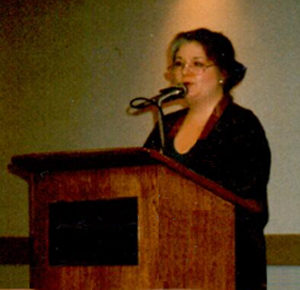

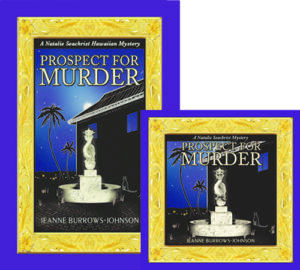
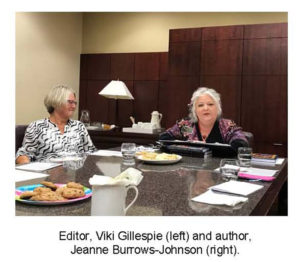

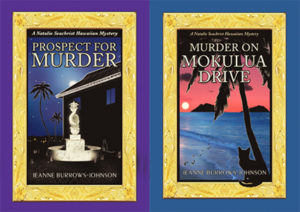

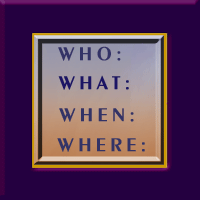
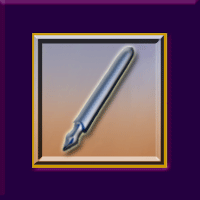


 Confronted By a Fantasia of Fonts?
Confronted By a Fantasia of Fonts?